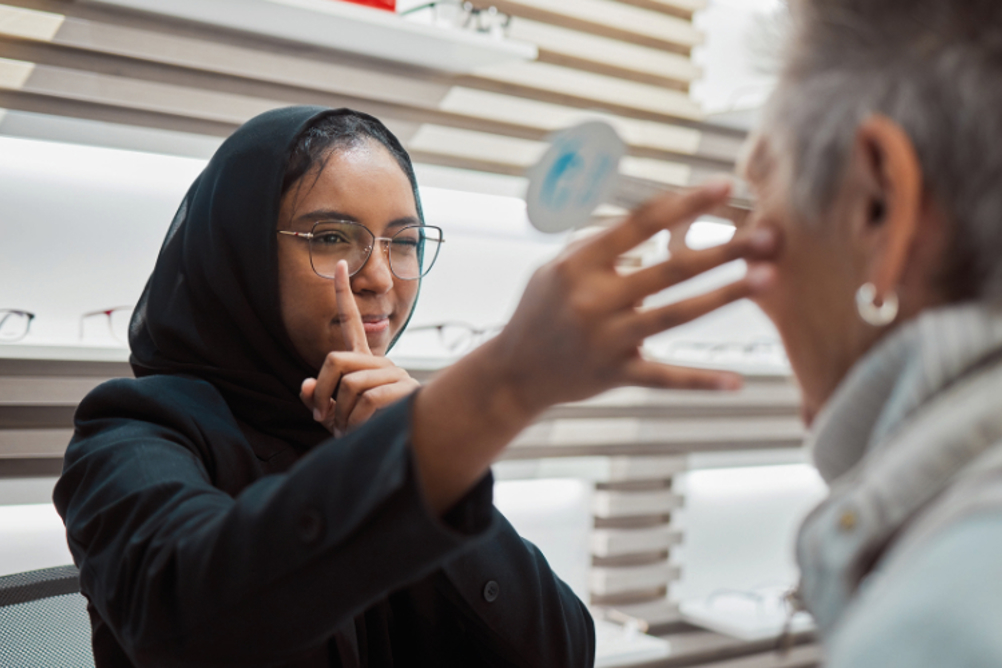
In April’s management focused edition of Optician, the first article of this series looked at how to create a winning practice team. A significant part of the article discussed the importance of values and the team having a shared understanding of the purpose of the practice and what it is trying to achieve.
In this article we will look at the concept of competitive advantage, what it means and why it is important to create your competitive advantage on purpose rather than leave it to chance.
Some practice owners might take the view that because they have a fully booked diary, they do not need to concern themselves with these things. Some may take the view that they have already created a hugely compelling competitive advantage, which has worked for them over many years, so why change? In this article we hope to challenge these sorts of assumptions.
Register now to continue reading
Thank you for visiting Optician Online. Register now to access up to 10 news and opinion articles a month.
Register
Already have an account? Sign in here



